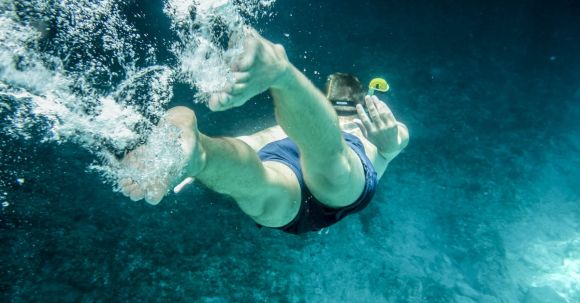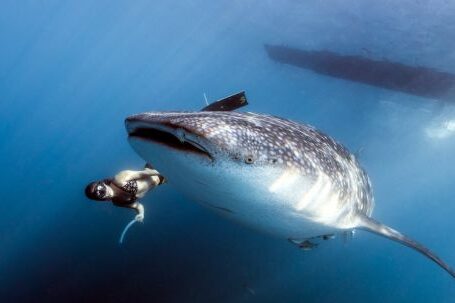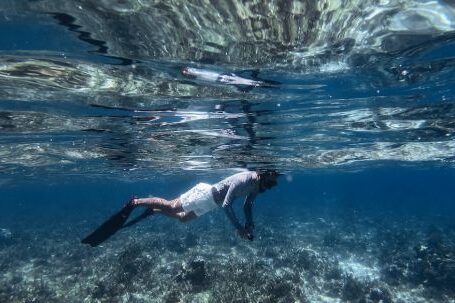Exploring the underwater world can be an exhilarating experience. Whether you are a seasoned scuba diver or a beginner, mastering the art of underwater navigation is essential for a safe and enjoyable dive. Navigating underwater can be challenging due to limited visibility and the absence of familiar landmarks. However, with the right techniques and practice, you can become a skilled underwater navigator.
Understanding the Basics
Before embarking on any underwater navigation, it is important to have a solid understanding of the basics. Familiarize yourself with dive compasses and how they work. Make sure you know how to use the compass properly and how to navigate using both natural and man-made references. Knowing the cardinal directions (north, south, east, and west) is crucial for navigating underwater.
Using Natural References
One of the most effective ways to navigate underwater is by using natural references. This involves observing and using the surrounding underwater environment to guide your navigation. Look for distinctive features such as rock formations, coral formations, or changes in the seabed. These landmarks can serve as excellent reference points to help you maintain your course and avoid getting disoriented.
Following a Buddy
Diving with a buddy is not only important for safety but can also greatly assist in underwater navigation. By following your buddy closely, you can rely on their navigation skills and stay on track together. However, it is crucial to communicate and establish a plan with your buddy before the dive. Agree on signals and hand gestures that you can use to indicate changes in direction or any potential issues that may arise during the dive.
Using a Dive Reel or Line
In more challenging diving conditions or when navigating through complex underwater environments, using a dive reel or line can be extremely useful. This technique involves laying a line as you navigate, allowing you to retrace your steps and find your way back to the starting point easily. When using a dive reel, it is important to practice proper line management to avoid entanglement and confusion.
Practicing Underwater Navigation
Like any skill, underwater navigation requires practice to master. Start by practicing in a controlled environment such as a pool or shallow dive site. Gradually increase the difficulty level as you become more confident in your abilities. Take note of any mistakes or challenges you encounter during your practice dives and use them as learning opportunities to improve your navigation skills.
Enhancing Your Navigation Skills
To enhance your underwater navigation skills, consider taking a specialized course or workshop. These courses are designed to teach you advanced navigation techniques and strategies. You will learn how to use underwater maps, compasses, and other tools to navigate more effectively. Additionally, these courses often provide valuable insights into environmental factors that can affect navigation, such as currents and underwater topography.
Conclusion: Mastering the Art of Underwater Navigation
While underwater navigation may seem daunting at first, with practice and the right techniques, it can become second nature. Remember to always prioritize safety and take the necessary precautions before each dive. By understanding the basics, using natural references, following a buddy, and practicing regularly, you can confidently explore the underwater world and become a skilled underwater navigator. So, grab your dive gear, dive into the depths, and let the art of underwater navigation guide your way.





